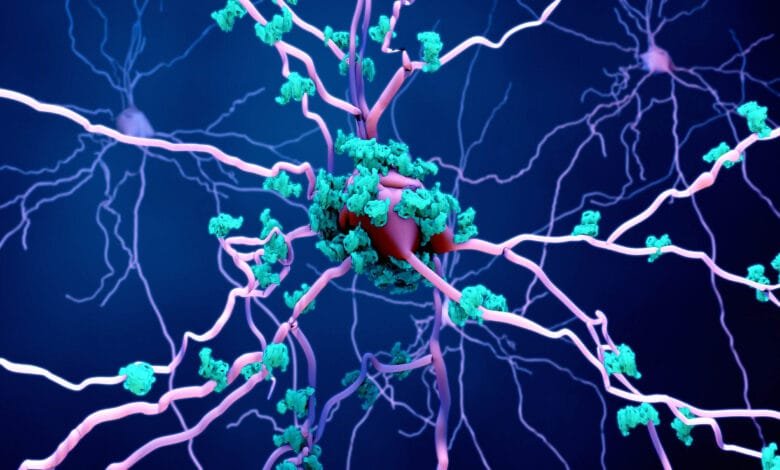Scientists Test Breakthrough Approach to Reverse Aging

▼ Summary
– Scientists are shifting focus from studying how we live to how we die, particularly examining necrosis—a violent form of cell death—to understand aging and disease.
– Necrosis, unlike controlled cell death, causes cells to rupture and trigger inflammation, leading to chronic diseases and tissue degeneration.
– Research links necrosis to age-related conditions like kidney disease, heart disease, and Alzheimer’s, suggesting targeting it could improve organ health and longevity.
– Space health experts study necrosis due to its role in accelerated aging in astronauts, with potential applications for long-duration space missions.
– Blocking necrosis could prevent tissue damage and inflammation, offering a way to improve quality of life and address multiple age-related diseases simultaneously.
Scientists are exploring a groundbreaking strategy to combat aging by targeting a destructive cellular process long overlooked in longevity research. Rather than focusing on slowing down aging, researchers are investigating how uncontrolled cell death contributes to age-related decline—and whether stopping it could extend healthspan.
For decades, the scientific community has pursued anti-aging solutions through diet, genetics, and cellular repair. Yet a new study suggests that necrosis—a violent form of cell death—may hold the key to reversing tissue damage and preventing chronic diseases. Unlike apoptosis, the body’s orderly cell-recycling process, necrosis causes cells to rupture, spilling harmful contents that trigger inflammation and accelerate organ deterioration.
Kidneys, the brain, and the heart appear particularly vulnerable to necrosis-driven damage. By age 75, nearly half of adults show signs of kidney decline, often linked to unchecked cellular breakdown. Similarly, conditions like Alzheimer’s and cardiovascular disease may worsen as inflammation spreads from necrotic cells. Researchers now believe that interrupting this destructive cycle could preserve organ function and delay age-related illnesses.
The implications extend beyond Earth. Astronauts face accelerated aging due to cosmic radiation and microgravity, which strain vital organs. If scientists can shield cells from necrosis, space agencies might better protect crews on long missions to Mars and beyond. “This isn’t just about adding years to life—it’s about adding life to years, whether on Earth or in space,” remarked one researcher involved in the study.
Calcium regulation could be critical in controlling necrosis. When cells are stressed, excess calcium floods in, causing them to burst. Early experiments suggest that stabilizing calcium levels might prevent this cascade, giving tissues a chance to recover. Pharmaceutical and gene therapies aimed at blocking necrosis are now in development, though scientists caution that balancing beneficial and harmful cell death remains a challenge.
The potential benefits are vast. By mitigating necrosis, doctors could address multiple age-related conditions simultaneously rather than treating them in isolation. This approach might reduce chronic inflammation, a major driver of frailty and disease, ultimately improving quality of life for aging populations.
While much remains to be understood, the shift toward studying cell death marks an exciting frontier in longevity science. With further research, controlling necrosis could transform how we approach aging—not just delaying it, but actively reversing its damage.
(Source: Earth.com)